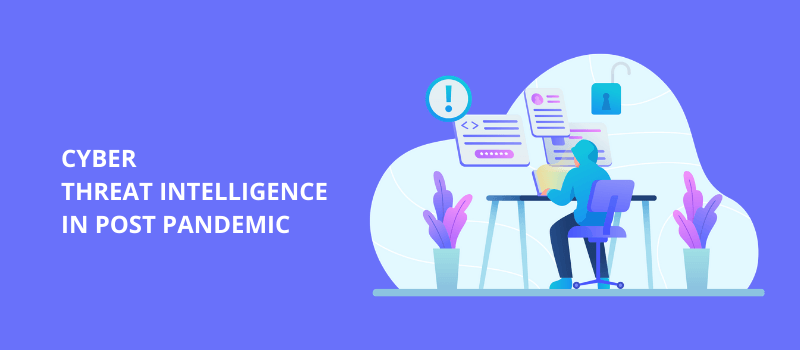As organizations have been flooded by COVID-19 themed cyber-attacks, implementing a Security Operations Center with modern cyber threat intelligence is becoming a priority. In the post-pandemic, organizations with security intelligence will have a strong security posture and can tide over the ever-evolving cyber threats than the others. Security Information and Event Management is in the middle of rapid development. It is altering the way security analysts engage with SIEM platforms, as it is redefining the SIEM category for today’s buyers.
Pre-Pandemic SIEMs
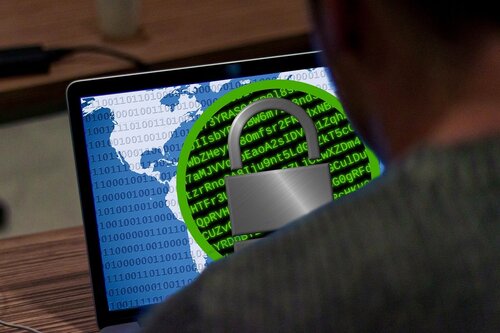 SIEM platforms in the pre-pandemic certainly supported organizations to cut down IDS/IPS noise. But, they were not without their challenges. They involved a lot of efforts to implement and fine-tune. As organizations slowly started to adopt remote working strategies, many more mobile devices and endpoints are introduced into the security perimeter. The complicating concern was the pressure that regulations like GDPR added by including compliance reporting virtualization.
SIEM platforms in the pre-pandemic certainly supported organizations to cut down IDS/IPS noise. But, they were not without their challenges. They involved a lot of efforts to implement and fine-tune. As organizations slowly started to adopt remote working strategies, many more mobile devices and endpoints are introduced into the security perimeter. The complicating concern was the pressure that regulations like GDPR added by including compliance reporting virtualization.
Post-Pandemic SIEMs
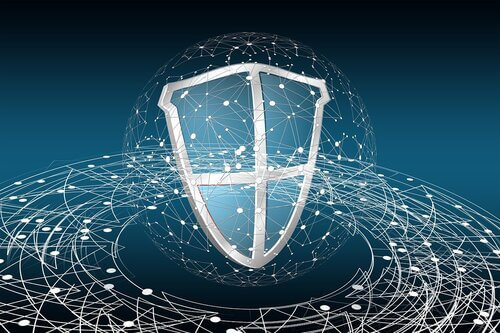 Post-pandemic SIEMs will go further step in evolution that needs to be done from siloed SIM and SEM tools. The next evolutionary wave will be centered around taking the existing visibility capabilities of pre-pandemic SIEMs and enhancing them further with advanced threat intelligence by unifying them with efficient remediation systems. It is all about enabling threat monitoring and incident response, no matter the architecture or the asset involved including SaaS, Cloud IaaS, on-premises and endpoints.
Post-pandemic SIEMs will go further step in evolution that needs to be done from siloed SIM and SEM tools. The next evolutionary wave will be centered around taking the existing visibility capabilities of pre-pandemic SIEMs and enhancing them further with advanced threat intelligence by unifying them with efficient remediation systems. It is all about enabling threat monitoring and incident response, no matter the architecture or the asset involved including SaaS, Cloud IaaS, on-premises and endpoints.
Automation in Threat Intelligence
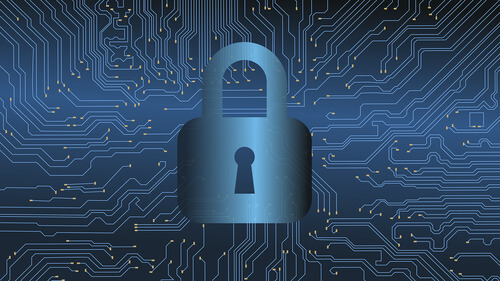 It is a natural image of the fact that the functionalities required from security monitoring are expected to grow broader in the post-pandemic world. Simultaneously, the demand for automation around threat detection is growing more acute. But, it is not just automation of data collection in the threat intelligence or alerting the security team. The need is to strongly integrate security tools across the Security Operations Center and make the security orchestration smoother than ever.
It is a natural image of the fact that the functionalities required from security monitoring are expected to grow broader in the post-pandemic world. Simultaneously, the demand for automation around threat detection is growing more acute. But, it is not just automation of data collection in the threat intelligence or alerting the security team. The need is to strongly integrate security tools across the Security Operations Center and make the security orchestration smoother than ever.
Unified Security Management
 A unified approach can make good on the SIEM goals by centralizing the security visibility and incident response on a single platform. In the post-pandemic, the goal should not only be including monitoring and alerting but to aggregate security controls and actions after the alert. Integration through extensible frameworks will be key to the next step of threat intelligence as everything should work together. With threat intelligence and unified security management, cyber security can take just such an approach, moving well beyond SIEM capabilities.
A unified approach can make good on the SIEM goals by centralizing the security visibility and incident response on a single platform. In the post-pandemic, the goal should not only be including monitoring and alerting but to aggregate security controls and actions after the alert. Integration through extensible frameworks will be key to the next step of threat intelligence as everything should work together. With threat intelligence and unified security management, cyber security can take just such an approach, moving well beyond SIEM capabilities.
Real-Time Tracking
![]() For resilient threat detection and response, SIEM needs to further evolve its most common detection mechanisms. The key is to find a way to move from dependence on simple indicators of compromise to real-time tracking with threat intelligence. This shift from IoC based detection to TTP based detection is to be driven by how quickly the threat actors change the attack infrastructure characteristics.
For resilient threat detection and response, SIEM needs to further evolve its most common detection mechanisms. The key is to find a way to move from dependence on simple indicators of compromise to real-time tracking with threat intelligence. This shift from IoC based detection to TTP based detection is to be driven by how quickly the threat actors change the attack infrastructure characteristics.
Orchestrating Security Analytics
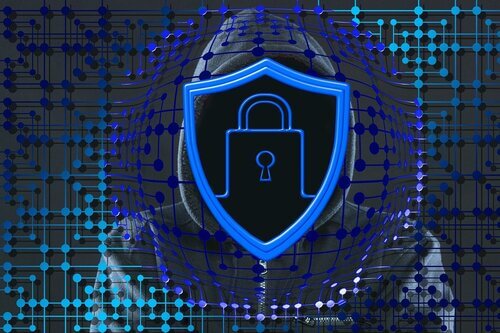 Organizations need to lean on automation and orchestration technology that can ensure SIEM data collection and aggregation to use it for effective security operations. This is why post-pandemic threat intelligence with machine language capabilities will increasingly become differentiating features for SIEM capabilities. With existing security and incident response, these capabilities will focus on using automation and integration to help reduce response times.
Organizations need to lean on automation and orchestration technology that can ensure SIEM data collection and aggregation to use it for effective security operations. This is why post-pandemic threat intelligence with machine language capabilities will increasingly become differentiating features for SIEM capabilities. With existing security and incident response, these capabilities will focus on using automation and integration to help reduce response times.
Alert Correlation
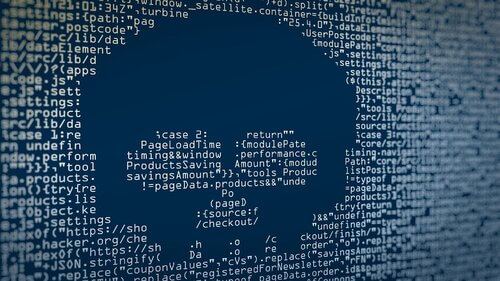 In post-pandemic, the information delivered through a threat intelligence solution can completely transform the situation. It can automatically enhance threat data into intelligence and correlate with alerts. The context might include the most recent references to malware or a suspicious IP address, the number of sightings and descriptions of the malware behaviour.
In post-pandemic, the information delivered through a threat intelligence solution can completely transform the situation. It can automatically enhance threat data into intelligence and correlate with alerts. The context might include the most recent references to malware or a suspicious IP address, the number of sightings and descriptions of the malware behaviour.
In post-pandemic, most organizations take SOC to be their first line of defence. Threat intelligence holds a major role in keeping the SOC up-to-date with modern cyber threats. With an increased influx and sophistication of cyber-attacks, SOC is becoming mandatory compliance in some business verticals.
Learn more on 5 consequences your company may face if you aren't investing in SOC


